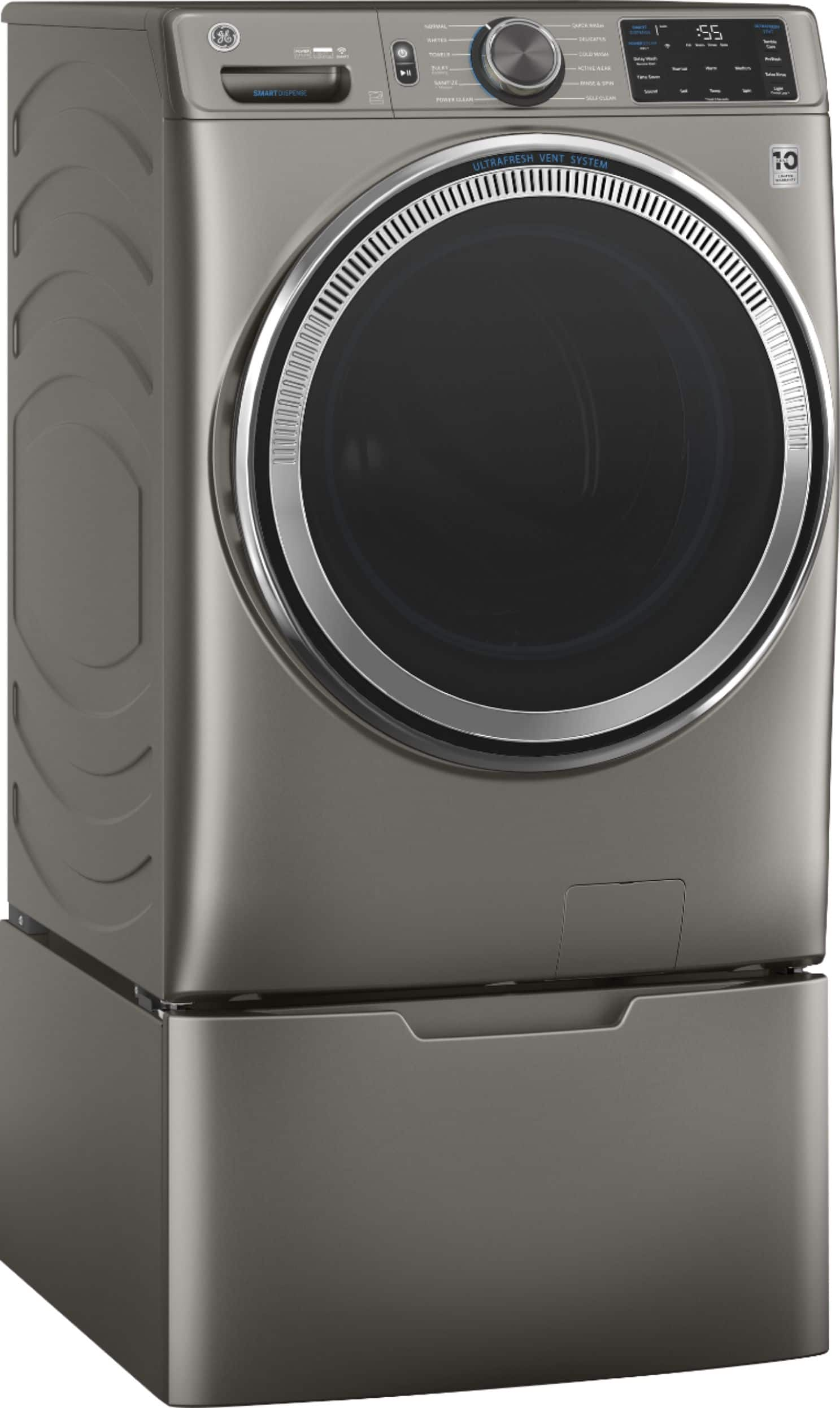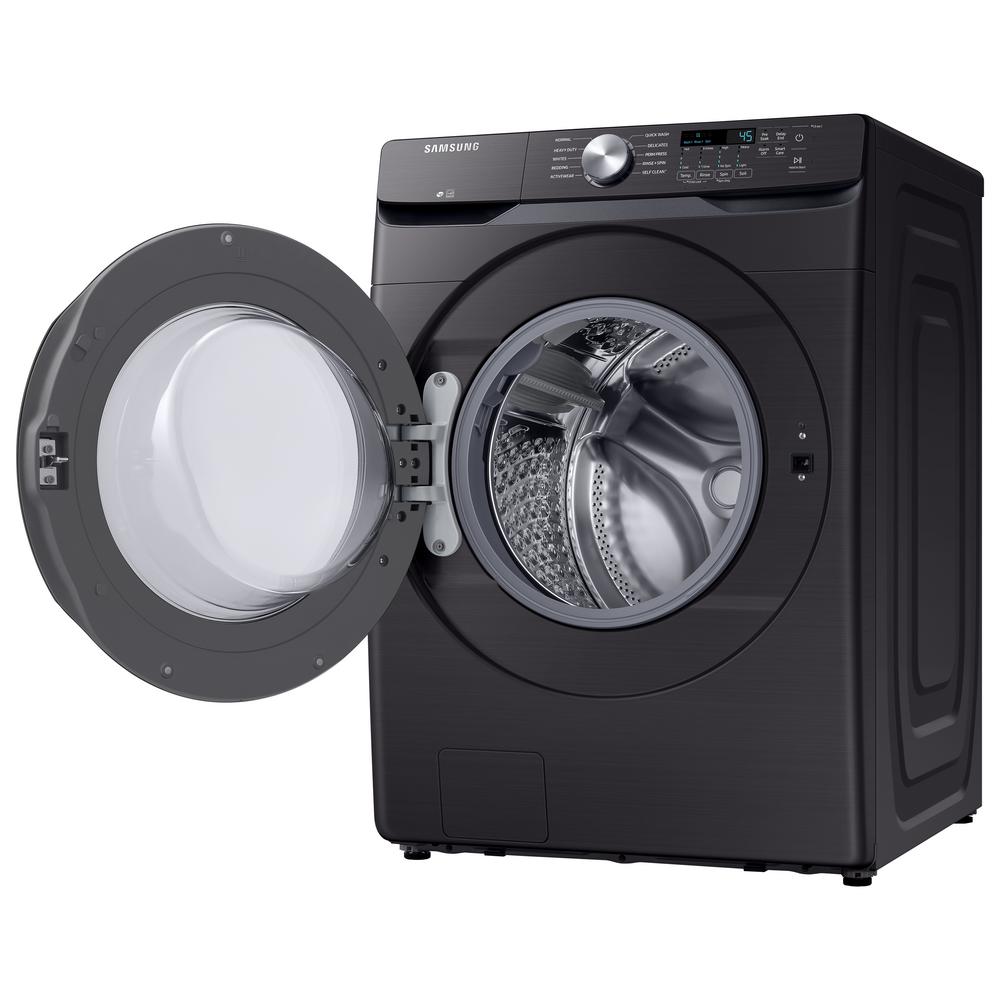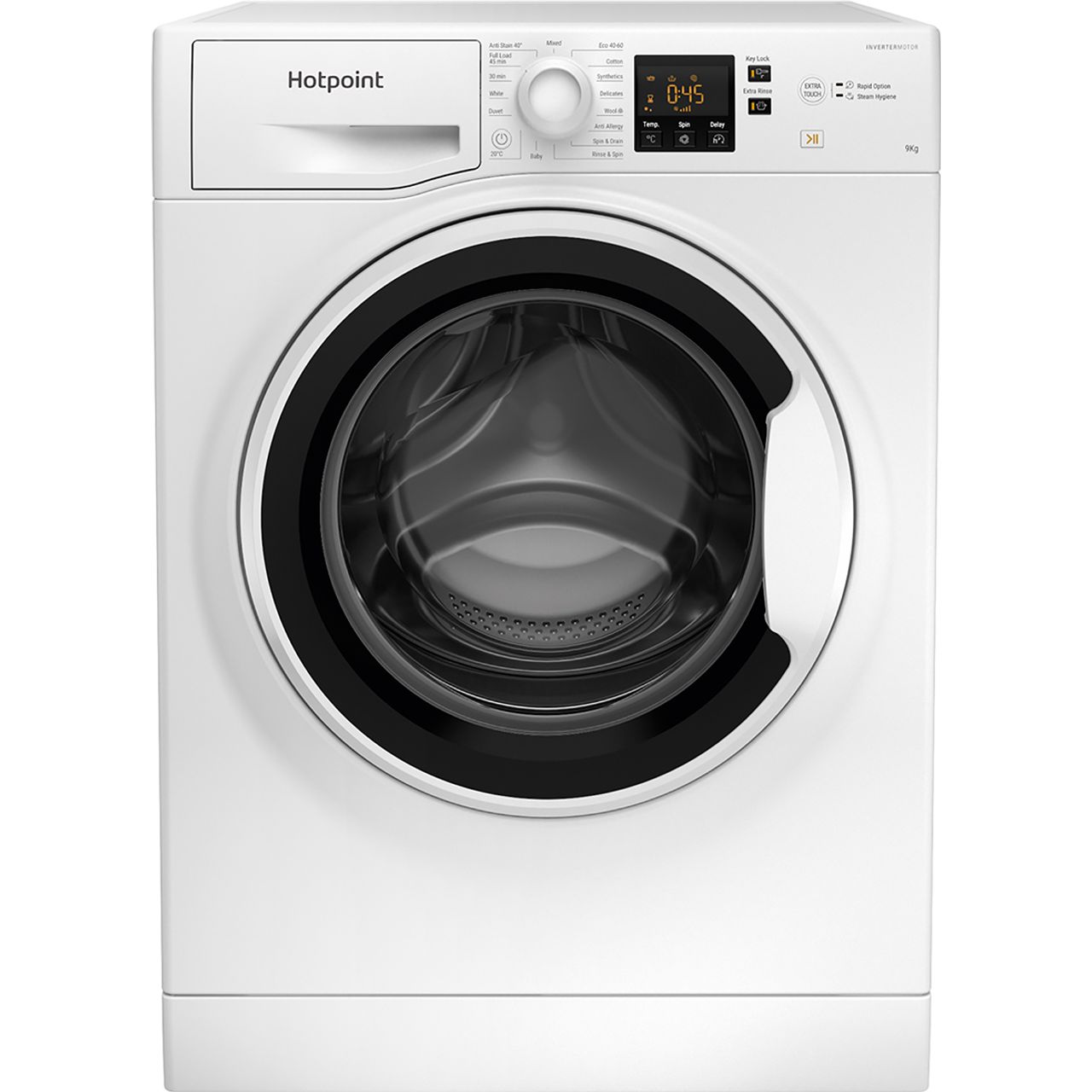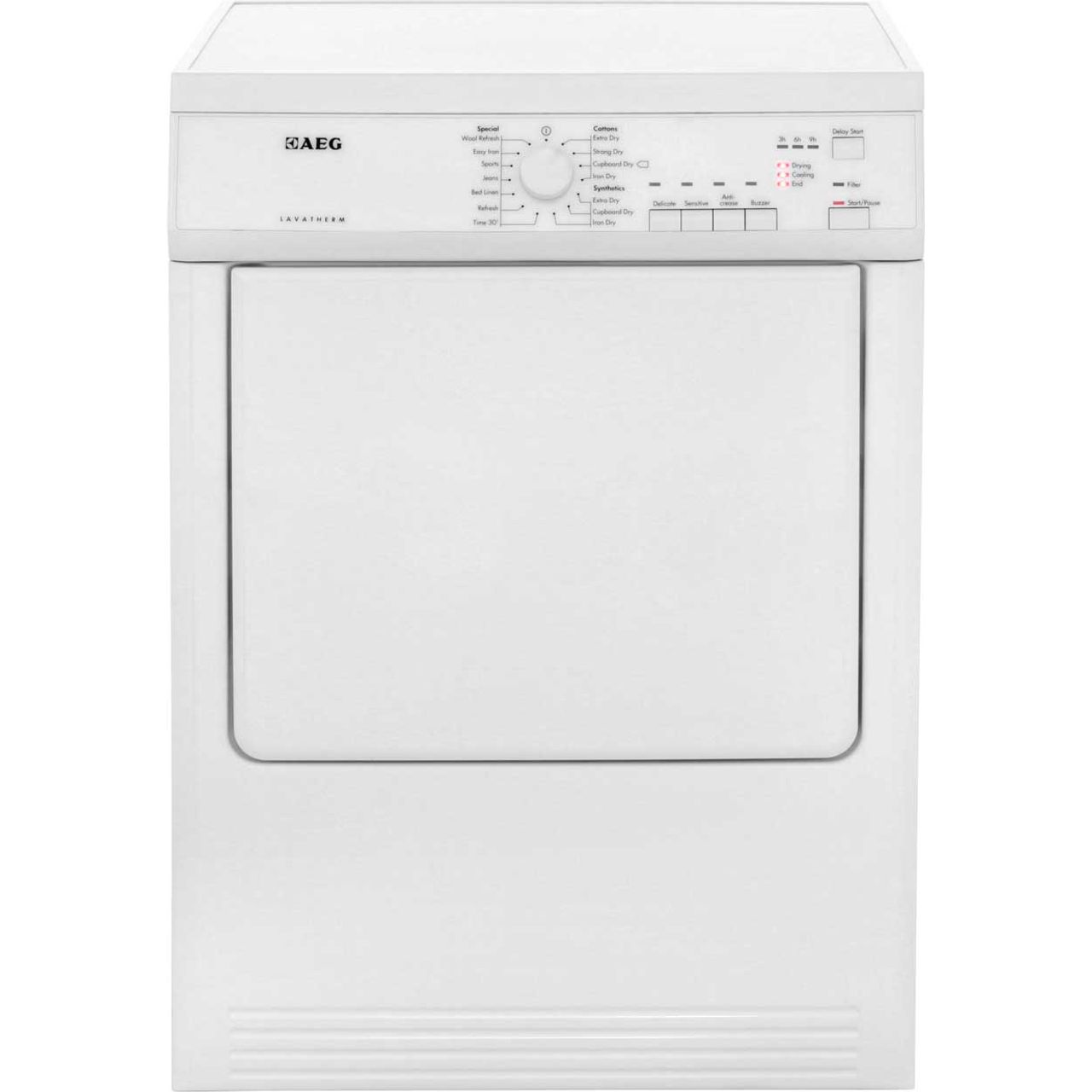GE – 4.8 Cu. Ft. 12-Cycle High-Efficiency Front-Loading Washer with Steam, SmartDispense, and UltraFresh Vent System – Satin Nickel
Sanitize soiled linens or towels in this front-load GE washer. A capacity of 4.8 cu. ft. lets you clean a few days’ worth of clothing in one load. Personalize each wash cycle with the digital controls on this GE washer.
Sanitize soiled linens or towels in this front-load GE washer. A capacity of 4.8 cu. ft. lets you clean a few days’ worth of clothing in one load. Personalize each wash cycle with the digital controls on this GE washer.
UltraFresh vent system with OdorBlock™
Eliminates excess moisture to help prevent odors, ensuring your washer stays fresh and clean.
Microban® antimicrobial technology
It is built into components, including a gasket, dispenser, and draining system, delivering protection that lives on load after load.
SmartDispense™ technology
Save time and make laundry effortless with an intelligent dispenser that holds up to 32 loads of detergent and automatically dispenses the right amount each time.
Built-in Wi-Fi
Start, stop, and monitor your laundry from anywhere while receiving real-time notifications and updates.
Dynamic balancing technology (dBT™)
The patented, time-saving technology senses and rebalances uneven loads during the spin cycle, providing a quiet wash.
Reversible door
Easily reverse your washer and dryer door for high installation flexibility.
PowerSteam
Safely penetrates deep into fabric fibers, loosening stains to deliver enhanced cleaning performance.
Quick Wash cycle
Provides a fast 20-minute wash for lightly soiled items.
Sanitize + Allergen cycle
Sanitizes fabrics to kill most common bacteria and allergens such as dust mites.
Additional information
| Product Height x Width x Depth(in.) | 39 3/4 x 28 x 32 |
|---|---|
| Depth With Door Open | 54 1/2 inches |
| Capacity | 4.8 cubic feet |
| Warranty | 1 Year |






by Sheeela
Clothes have never been cleaner, most advanced washer I have ever used. The auto bulk dispense is a game changer, takes out one extra step in doing laundry. Along with the WiFi connection, which notifies you when your laundry is completed. And lastly, the auto fresh venting system really does wonders clearing out left over water to prevent that moldy smell. All in all, obsessed over the washer. Only downside, Satin Nickel is not actually a nickel color, it’s a champagne color. Looks very different than in photos and should have stuck with all white.
by Angel
I just received my washer 3 days ago. I like it a lot, but had a couple concerns…when it ran thru the spin cycle, sometimes at times it would shake EXTREMELY hard…more than I thought it should, and was very loud. I think I figured out the problem…when they delivered it, they took out the shipping bolts, but left the shipping brackets on…the directions say to remove those also from the back of the machine or it can become SEVERELY unbalanced. I also was wondering why there is a Cancer/Reproductive Warning P65 label on the machine…does anybody know anything about why that is on there…that concerns me…
by Giovana
Best washer ever! I researched them a long time so I wouldn’t make any mistakes and this machine has everything I need and more but it is not complicated to use and cleans my clothes perfectly! The default cycles are great but everything can be customized if desired very easily. I love being able to pour a whole bottle of detergent into the reservoir and let the machine decide how much soap to dispense depending on the size of the load and even that can be altered if desired. This is very nice when other family members do their own laundry and think More is Better. I didn’t think I would use the phone app but it’s nice getting a 5 minute warning that the wash will be done, then another alert that it’s ready, and the best part is it sends a reminder about 30 minutes later if you forgot to take the clothes out!!! Genius! Buy this one and you won’t be disappointed!
by Rosa
Love my new GE washer / dryer set. We originally purchased the LG 4.5 cu. washer/ dryer set (12 cycle washer) and I just could not get used to not seeing water in my load. So disappointed. It was almost waterless! Fortunately we decided to change it for the GE 12 cycle front load and dryer combo- best choice we could’ve made! The control panel is easy to read (not so with the LG model) and the washer has a light when you open it (not so with the LG model). Also love the feature that allows you to fill up the detergent tank with 50 oz so you dont have to pour detergent for every load. Has so many features that I have yet to use. The smart app is also another great feature… again works even better than the LG model. A little bit more difficult to connect the first time but once you get it, it works great. Highly recommend this washer/ dryer set.
by Diva
The washer and dryer both are very easy to use, very nice looking and quiet.
by Kate
This is one the best washers I’ve had !! Coming from a whirlpool front load it’s a good one.. The only thing I don’t like sometimes the washer shakes while spinning, but not all the time. I love the light inside of the washer as well as dryer. They are good.
by Willjam
My new GE Washer is more than I expected. I find using it was very intuitive. My washer is Wi-Fi enabled so I get alerts on the functions and status of the washer. It also reacts to my Google Assistant. I can ask Google to start and stop the washer. My first load of clothes was very easy to initiate. They came out clean. I love the smart dispenser where I just feel it and have no need to worry if I used the correct amount. The smart feature does all of that. If there is a concern about odor from dampness left in the washer, the washer has a venting system that allows the door to be closed and still be ventilated. This washer is well designed and worth the price paid.
by April
In the process of building a home that is scheduled to be complete at the end of November! We went to Best Buy a month or more ago to start researching the appliances we are going to need! Fortunately, Best Buy was able to furnish the refrigerator and washer/dryer we wanted, so we purchased at that moment! Thanks!